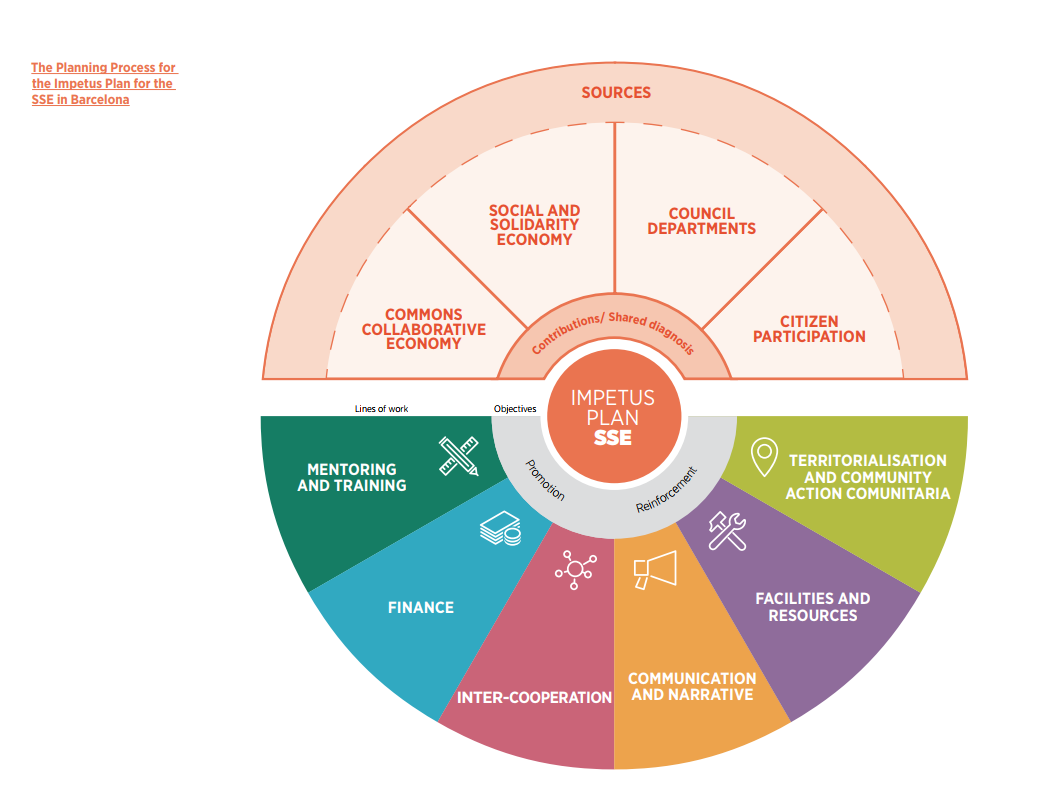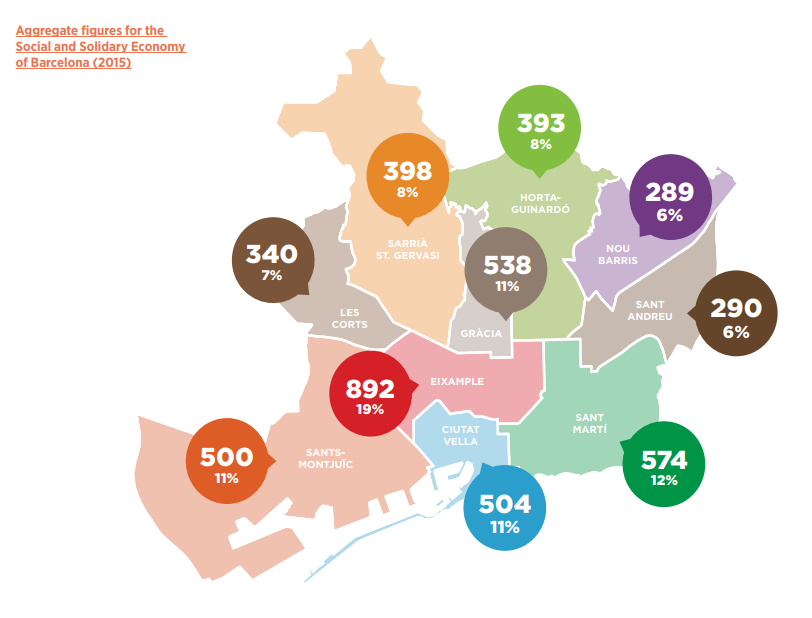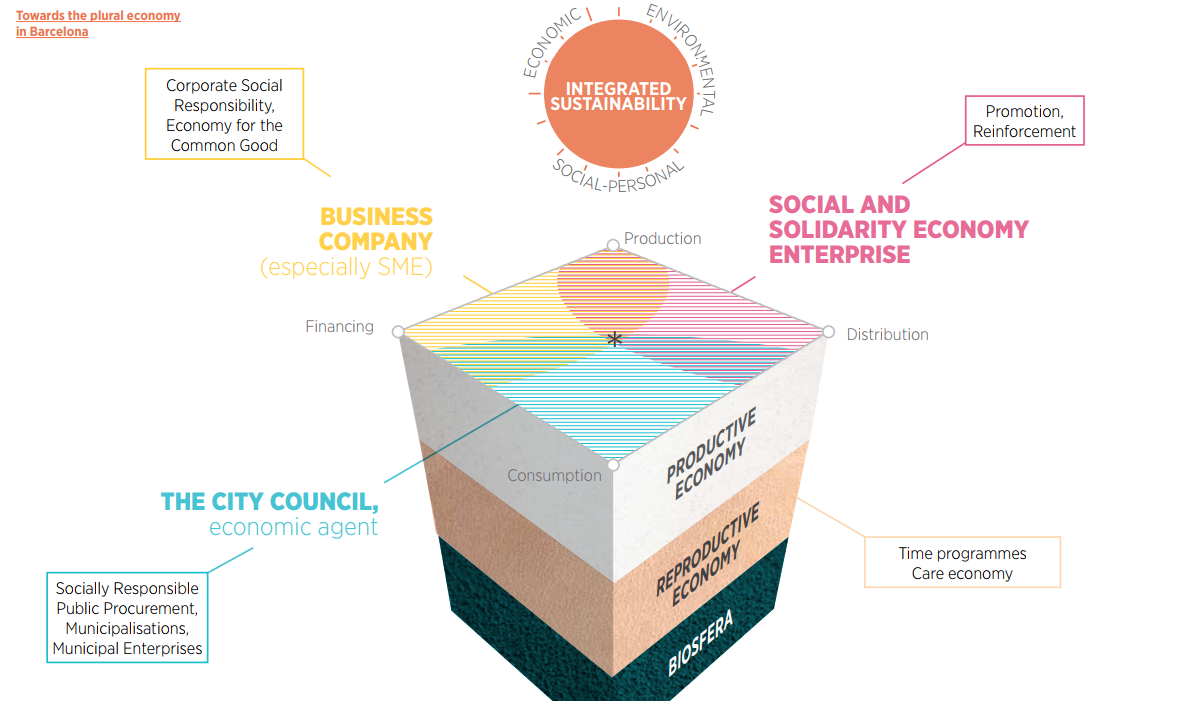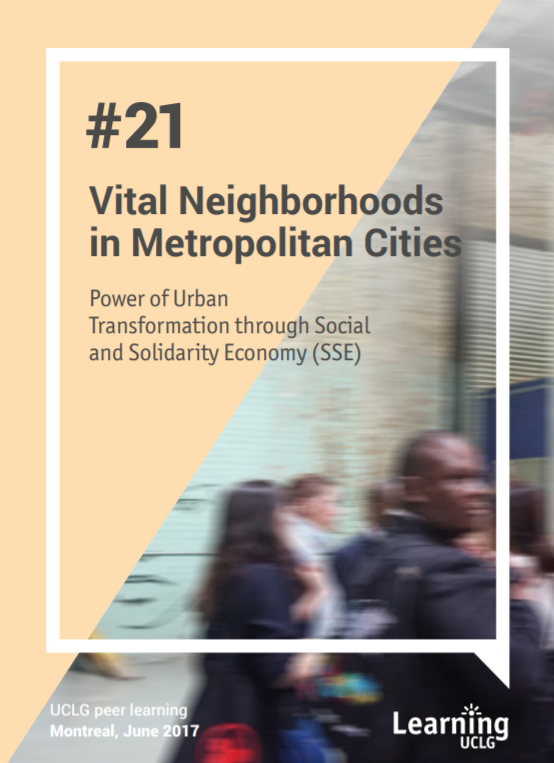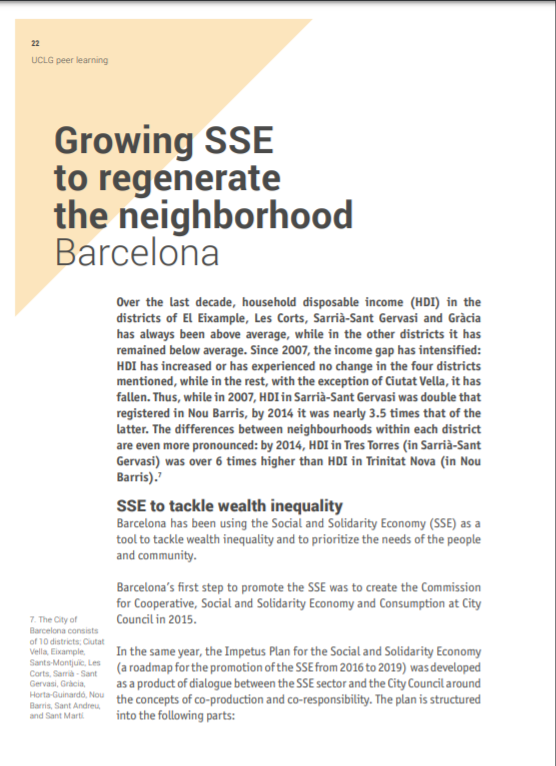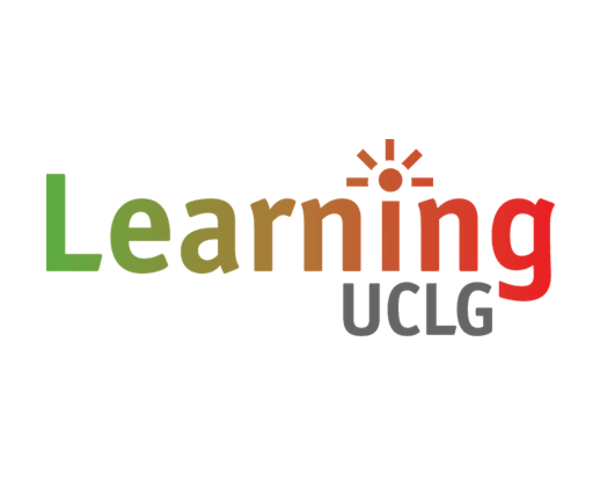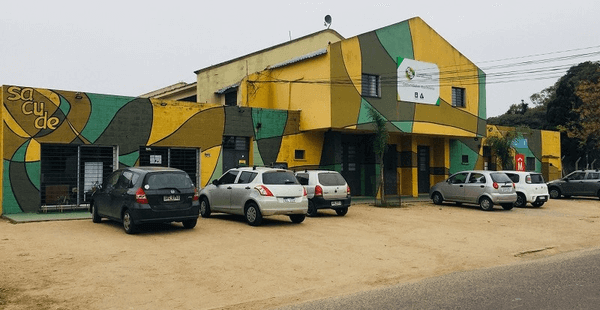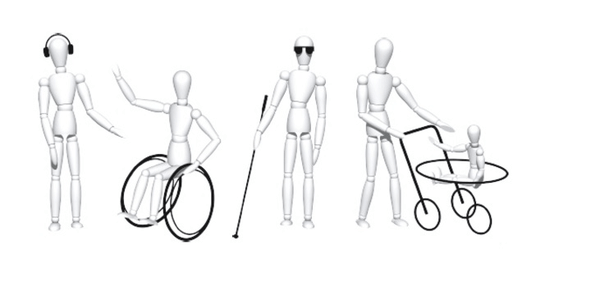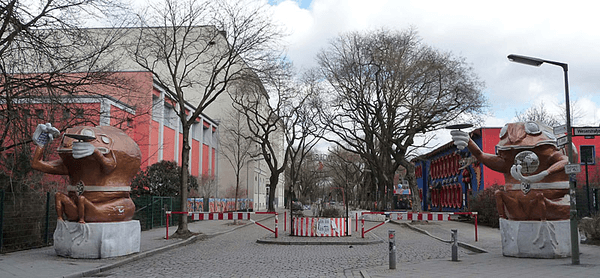In 2015, Barcelona City Council established the Commission for Cooperative, Social and Solidarity Economy and Consumption. In the same year, the Impetus Plan for the social and solidarity economy (a roadmap for the promotion of the SSE in the city for the period 2016-2019) was developed by the local SSE sector and the Barcelona City Council. SEE has been utilized in two other plans, the neighborhood action plan, which addresses 16 neighborhoods that have the worst socio economic indicators and in the Economic Development Plan, that addresses the 6 districts with the lowest household disposable income in the city.
The implementation of SEE was driven by the community. The role of the city council was to encourage and promote SEE by providing economical, technical, logistical and administrative resources for the self-management of activities organized by citizens. The first concrete action took place in 5 neighborhoods that wanted to harness the SSE to change and revitalize their communities. These actions were then rolled out to the remaining districts. Various supporting measures for community-based, social processes and socio-economic projects have been taken according to the characteristics and the context of each neighborhood, such as the level of already existing SSE or the cohesion of the community. A central aim of all these measures was to use bottom-up approaches. For neighborhoods where the SSE has been less developed, the “wheelbarrow” was implemented. This is a process of research, diagnosis, mobilization and connection relating to existing and potential socioeconomic initiatives. In the neighborhoods where SSE initiatives are already emerging and only need reinforcement, the “watering” strategy has been approved. It consists of facilitation, training and assessment of social entities or potential socioeconomic projects under development. In areas where SSE already has a strong presence, the “Toolbox” has been chosen as a strategy to promote and create a stronger social market. However, so far only the Sants-Montjuic district meets this condition within the city.
Additionally, Barcelona’s local development and business agency, has decided to include SSE as an essential and transversal tool in all its actions in different neighborhoods and facilities across the city. This is a strong commitment from an important local player in the field of entrepreneurialism, innovation and plural economy.
Furthermore, all the Development Plans in the 6 districts with the worst socioeconomic indicators included specific, transversal actions relating to SEE. This is a direct response to the increasing inequalities within the city. Moreover, a training space for the municipal staff and SSE entities from different districts was built to allow them to exchange knowledge and experiences from their own practices.

